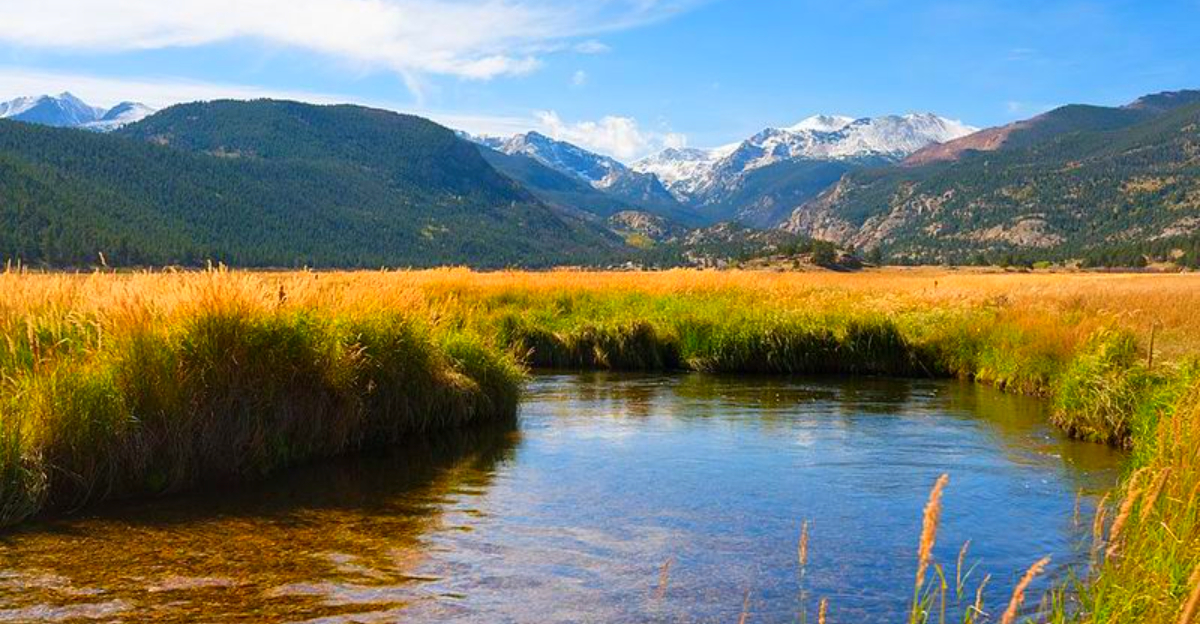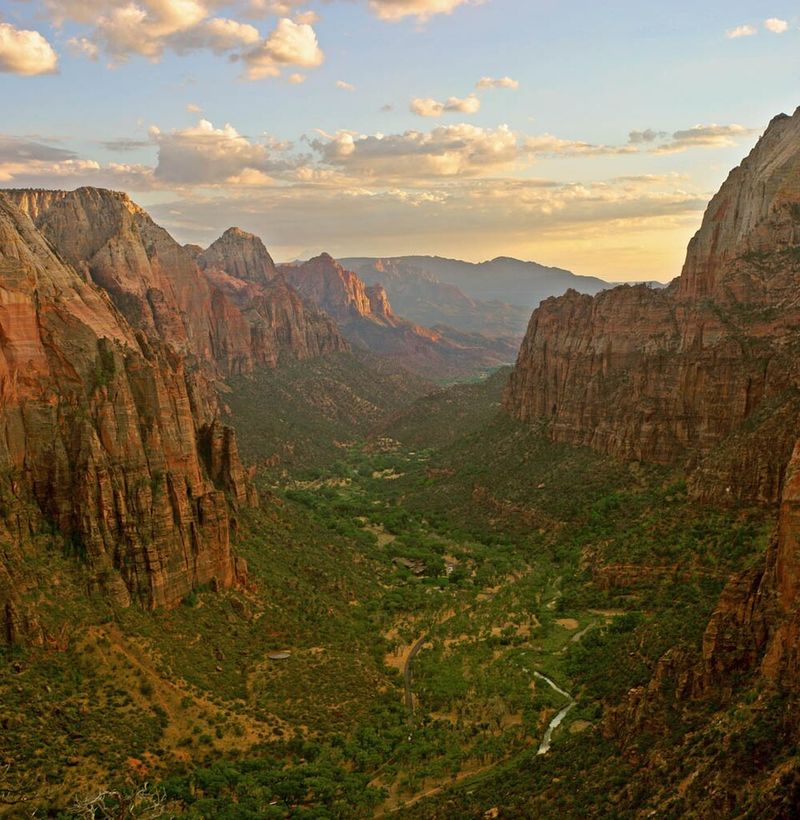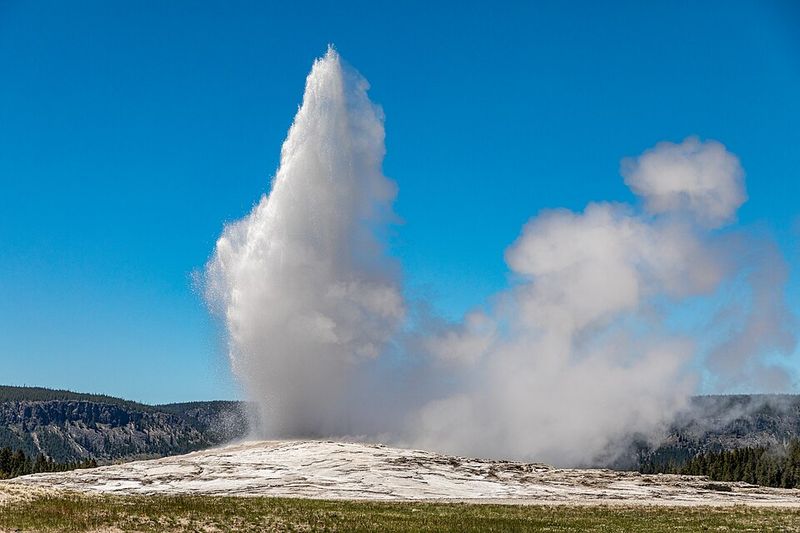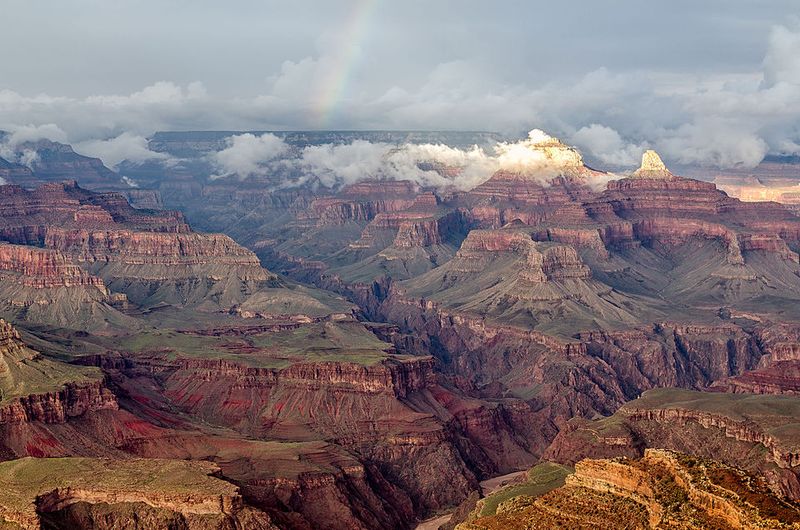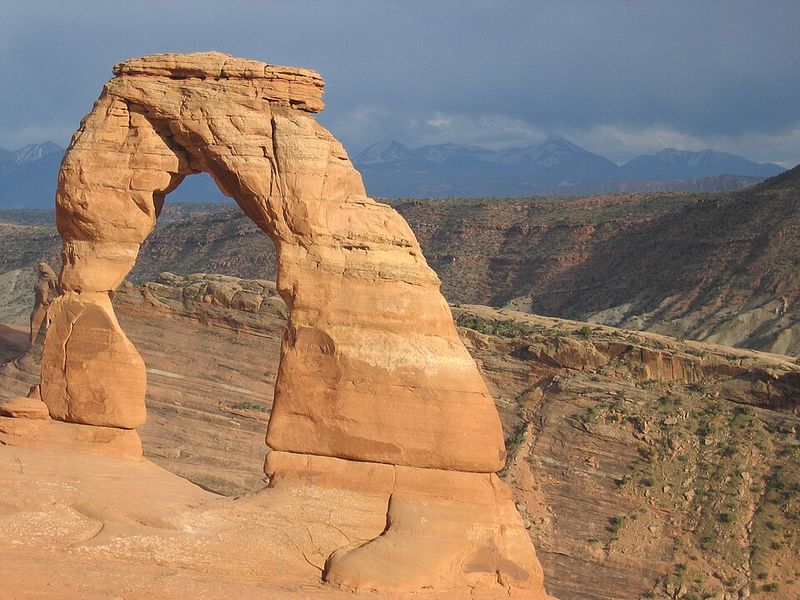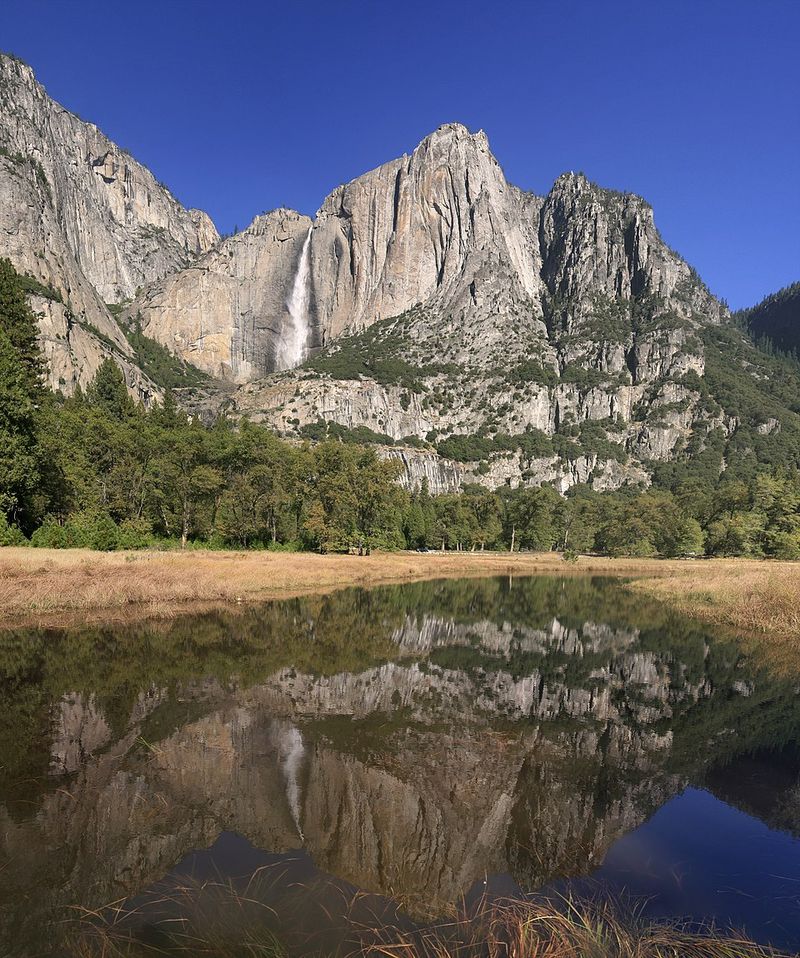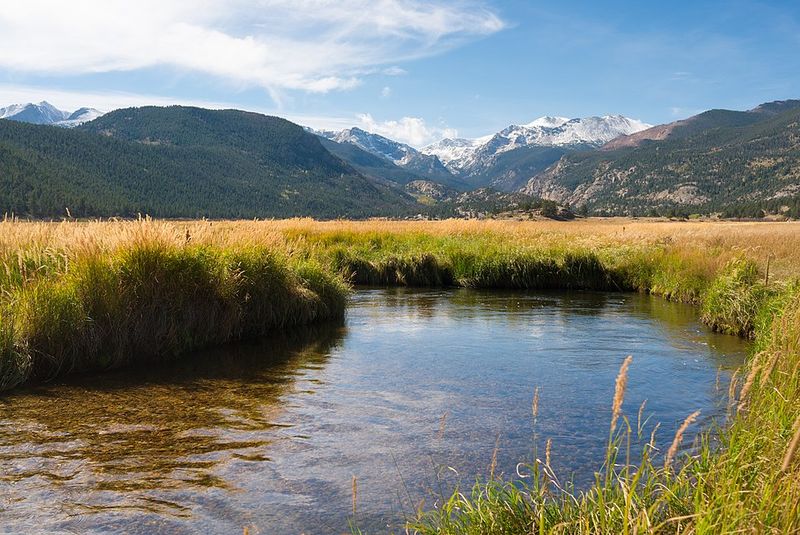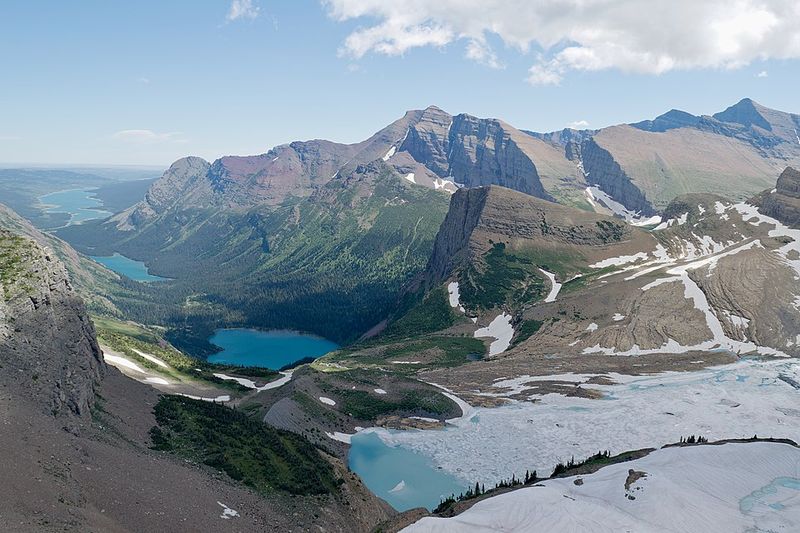In 2026, several U.S. national parks are set to transform the visitor experience significantly. These changes aim to improve infrastructure, manage visitor demand, and preserve natural beauty. Here are seven parks making notable adjustments.
1. Zion National Park
Zion National Park, known for its towering red cliffs, is implementing big-vehicle restrictions on the Zion–Mount Carmel Highway starting mid-2026. This change, banning larger vehicles such as RVs and tour buses, is designed to protect the park’s iconic bridge and tunnel infrastructure.
For vehicles exceeding specific size limits, alternative routes will be available, adding a scenic detour of 10 to 45 minutes. This measure is expected to enhance traffic flow, reduce accidents, and preserve the park’s natural beauty.
Visitor experience will improve as smaller vehicles navigate more freely, allowing a deeper connection with Zion’s pristine landscapes. This thoughtful approach aims to balance preservation with accessibility.
2. Yellowstone National Park
Yellowstone National Park, a jewel of the American West, is focusing on tackling its deferred maintenance backlog. In 2026, proposals for a foreign visitor surcharge could help fund crucial infrastructure improvements.
While entry reservations aren’t needed, securing lodging or camping requires advance planning due to high demand. The park is expanding strategies to manage visitor use, especially in crowded trails and facilities.
These steps aim to alleviate pressure on infrastructure and enhance the overall visitor experience. By addressing these challenges head-on, Yellowstone continues to protect its unique landscapes and offer unforgettable adventures.
3. Grand Canyon National Park
The Grand Canyon, an awe-inspiring natural wonder, is reshaping how visitors plan their trips. Although entry reservations aren’t mandatory, park authorities strongly suggest pre-booking lodging and camping.
Seasonal operations of services, such as lodges and restaurants, may influence daily logistics. Recent fire damage, like the 2025 Dragon Bravo fire, has impacted the North Rim, possibly affecting future access and accommodations.
These changes highlight the need for thoughtful planning in visiting this iconic site. By adapting services and encouraging advanced reservations, the Grand Canyon aims to provide a smoother and more enjoyable experience for all.
4. Arches National Park
Arches National Park, famed for its stunning rock formations, is expanding its timed-entry system to manage congestion. Since 2025, stricter reservation requirements have been in place, and these may continue or intensify in 2026.
The park aims to protect its delicate landscapes by controlling the number of visitors during peak times. This system ensures a more serene and personal experience for those lucky enough to secure a spot.
Visitors are encouraged to plan ahead, embracing the opportunity to witness the park’s natural wonders without the crowds. Arches’ commitment to preservation offers a unique chance to explore its breathtaking beauty.
5. Yosemite National Park
Yosemite National Park, a true testament to nature’s grandeur, is refining its visitor management with new reservation systems. Weekend and holiday reservations, especially in peak seasons, are becoming a norm.
The park’s previous chaos during limited staffing underscores the need for these changes. By ensuring controlled access, Yosemite aims to enhance the visitor experience and reduce environmental impact.
These updates promise a more organized and enjoyable exploration of Yosemite’s majestic landscapes. Visitors are advised to plan their visits meticulously to fully immerse in its jaw-dropping beauty. Yosemite continues to embrace sustainable tourism for future generations.
6. Rocky Mountain National Park
Rocky Mountain National Park is implementing a timed entry system to enhance visitor experience. Starting in 2025, reservations were required for popular areas, a trend expected to expand in 2026.
The park’s strategy includes dividing access into separate zones, helping manage peak-season crowds and preserve its delicate ecosystems. Visitors can enjoy the park’s breathtaking vistas with reduced disturbance.
This innovative approach encourages a more intimate connection with nature, offering peace and tranquility. With these changes, Rocky Mountain National Park remains a haven for those seeking adventure and serenity.
7. Glacier National Park
Glacier National Park is reinvigorating its vehicle reservation systems to accommodate growing visitor numbers. Since 2025, busy periods have seen renewed restrictions, a trend that may persist or tighten in 2026.
This approach aims to mitigate resource pressures and ensure a high-quality visitor experience. By managing vehicle access, the park preserves its pristine environments while offering a peaceful exploration opportunity.
Glacier’s commitment to conservation and visitor satisfaction shines through these changes, inviting adventurers to delve into its wild beauty responsibly. The park remains a cherished landscape for both seasoned and new visitors alike.
